PROOF80 (40% ABV)
About Cuestion Reposado Tequila
Under the watchful eye of expert agave farmers (or los jimadores), Blue Weber agave plants are matured for nearly a decade on the Cuestion estate (or hacienda), situated in the highlands of Jalisco, Mexico. “Some farms harvest their agave after just two or three years,” says Jose de Jesus Dominguez Figueroa, one of the founders of Cuestion Tequila Company. “We let ours mature for nearly a decade in order to ensure they are incredibly ripe and flavorful.”
After the agave plants have matured, the jimadores hand-select and harvest the plants they believe will produce the best tequila. The spiky leaves and roots of the plant are sheared, and the heart of the agave (or piña) is taken to Cuestion Tequila Company’s distillery. At the distillery, the piña is split before being roasted in stainless steel ovens for three days. This roasting process, which gives Cuestion Tequila its signature, smoky flavor profile, softens the fibers of the piña and caramelizes the plant’s natural sugars.
After the piña is roasted, it is crushed under a stone wheel and the remaining pulp and fibers are fermented. Following fermentation, the tequila is twice-distilled through copper pot stills. “We distill slowly,” says Figueroa, “in order to ensure that we don’t alter the natural flavors of the agave.” Following distillation, this reposado is aged longer than most in the industry. Resting in used Tennessee whiskey barrels for 9 months. Be prepared to discover new territory either neat, or in your favorite mixologist’s cocktails.
Pick up your bottle today!
About Tequila
Although tequila has developed a bad reputation, there’s more to the spirit than just shots on a Saturday night.
This traditional Mexican drink origins in the state of Jalisco when according to a local legend, lightning struck an agave cactus before the Nahua tribe drank its warm nectar. Behold, tequila.
Legally, tequila has to be made of 51% of Blue agave around the Jalisco region in Mexico. There are different types of tequila according to age – from the youngest representatives, blanco, reposado, and añejo, to the oldest extra añejo.
Be the first to review “Cuestion Reposado Tequila” Cancel reply
Related products
SPIRITS
SPIRITS
SPIRITS




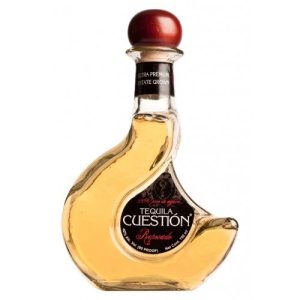

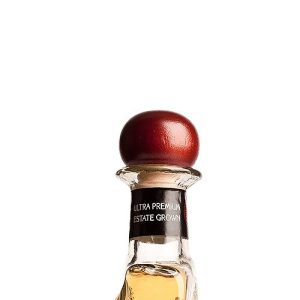
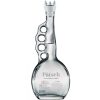
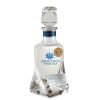
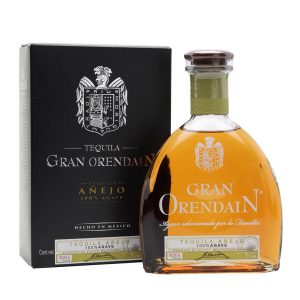
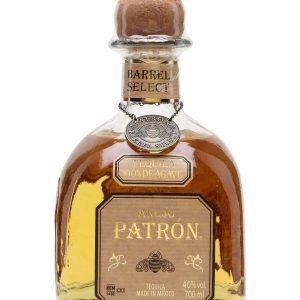
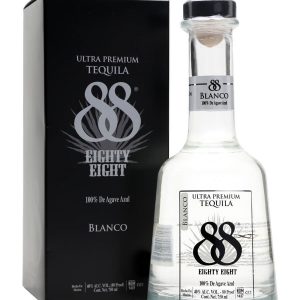
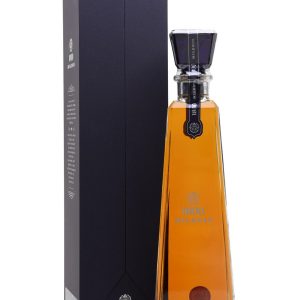
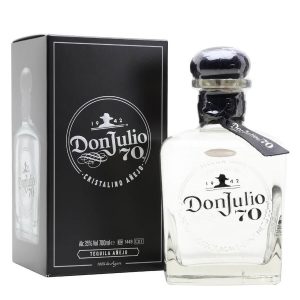
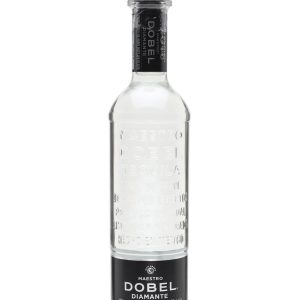
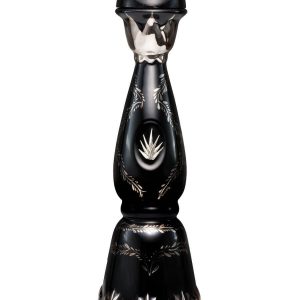
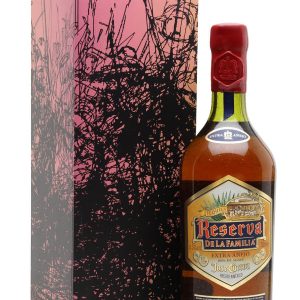
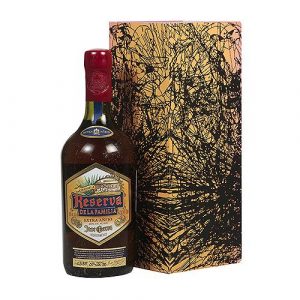
Reviews
There are no reviews yet.